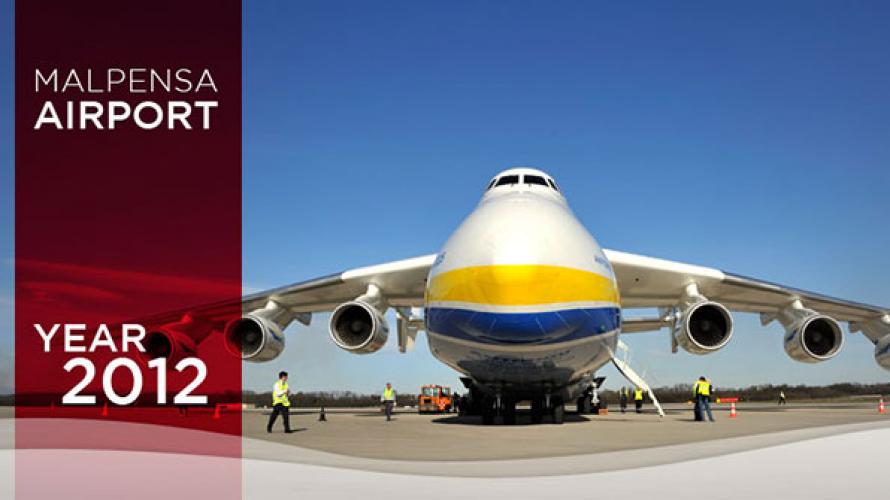
1948
Malpensa airport
The Aeroporto di Busto joint-stock company was set up in Busto Arsizio with the aim of using the former military runway at Malpensa and including Milan and the Lombardia region in the first international air routes. The first airplane to land was a BZ 308 flown by the aviation ace Stoppani.
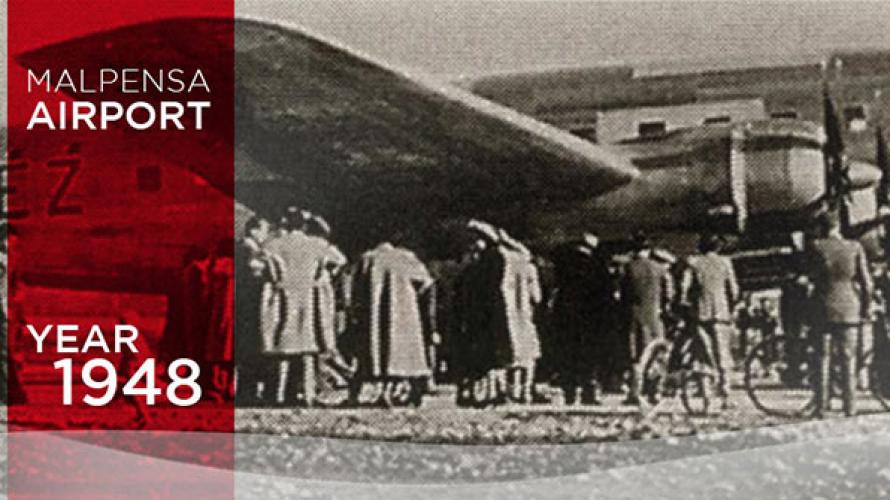
1949
The runway was reopened: 1,800 metres of new paving and an old wooden building as the air terminal. The Board of Directors approved new plans for work on infrastructures. A total of 1,366 arrivals and departures were recorded.
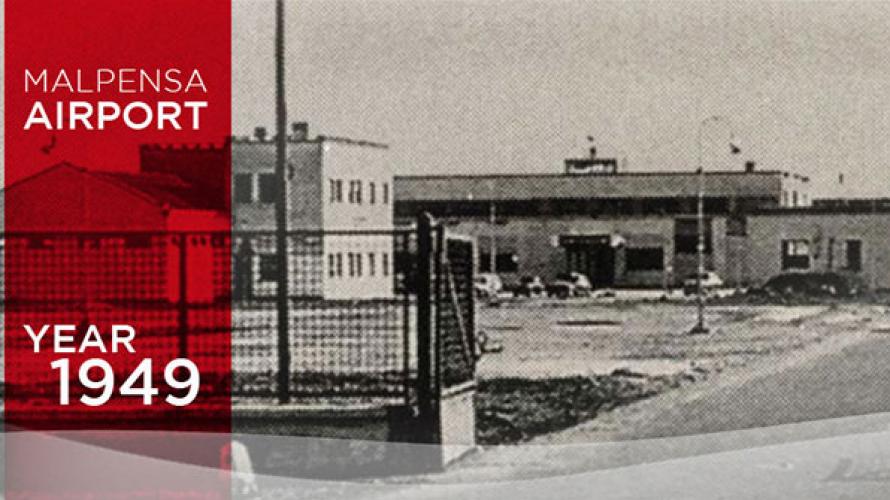
1950
Work on a new lighting system in compliance with international regulations was completed at Malpensa, thus opening the airport up to night flights and long-range transatlantic flights. On 2 February, TWA operated its first direct connection with New York.
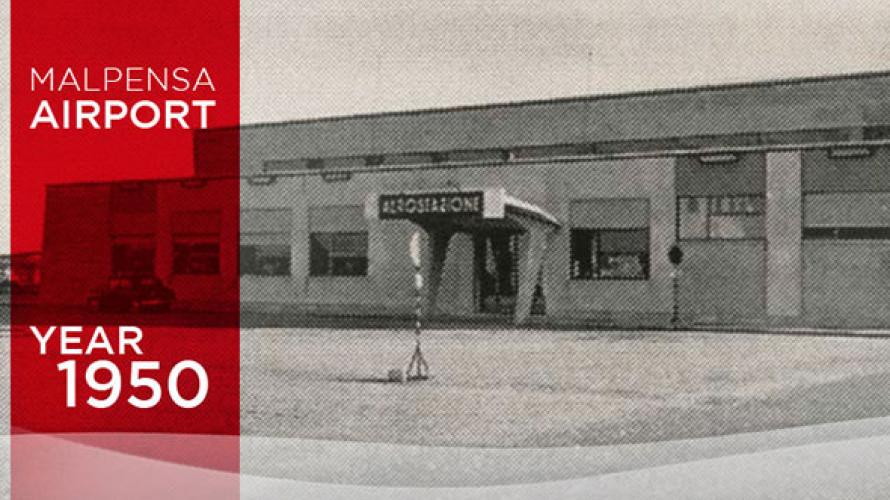
1951
MALPENSA AIRPORT
The Municipality of Milan became a shareholder of the “Aeroporto di Busto” company acquiring 30 million lire of the company’s stock. Reconstruction of the runway touchdown area in concrete was organised.
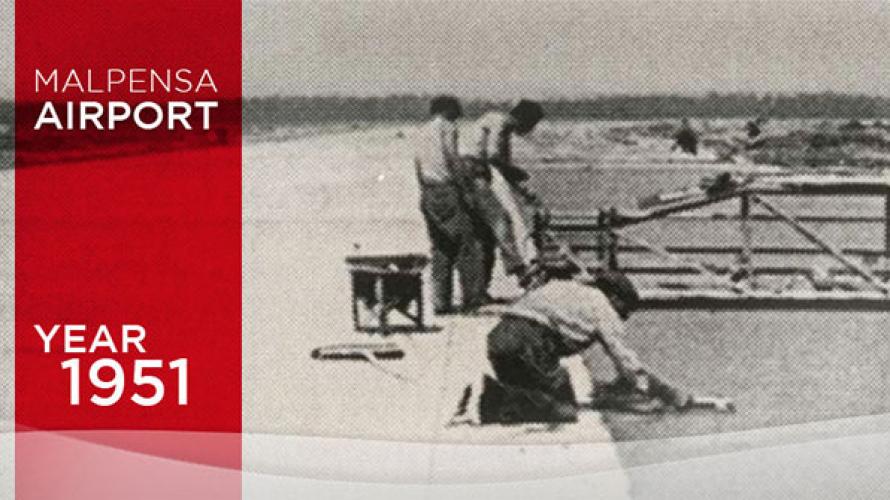
1952
MALPENSA AIRPORT
The “Aeroporto di Busto” company and the Italian Government drew up a convention to build, organise and run a civil airport in the heath near Gallarate. Malpensa Airport was classed as a private airport for a period of 20 years.
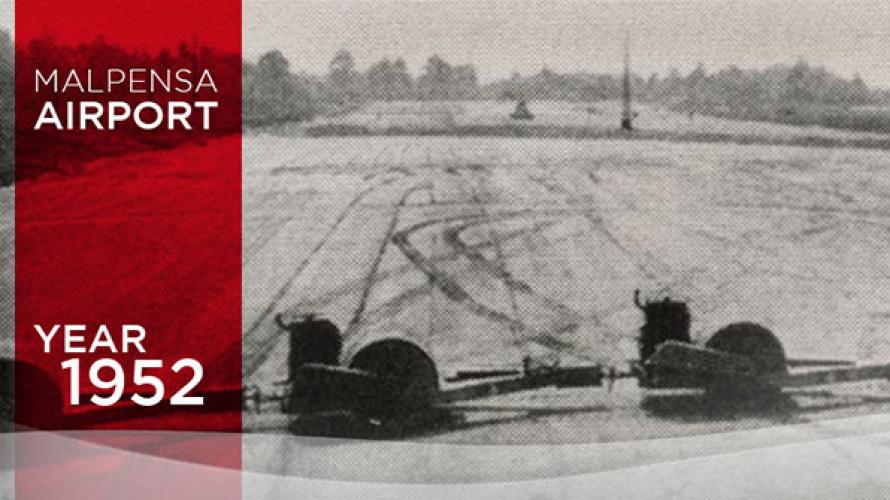
1953
MALPENSA AIRPORT
The new air terminal was inaugurated, permitting a distinct improvement in the services offered. The Ministry of Public Works had a building constructed to house flight assistance services and the offices of the Airline companies. Plans to construct the new stretch of road connecting Malpensa to the Varese – Milan motorway were begun.
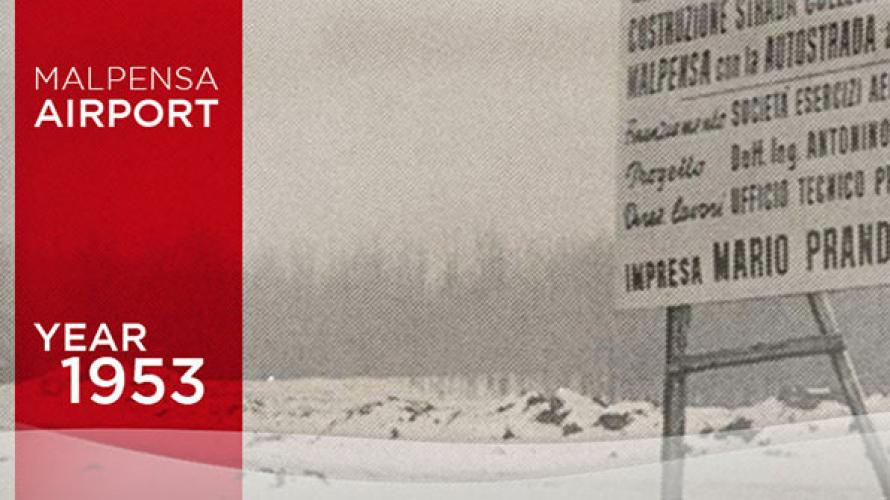
1954
MALPENSA AIRPORT
Five years after Malpensa opened, the traffic data looks definitely positive: 163,438 passengers, 4,374 flights, 2,758,363 kg of transported cargo.
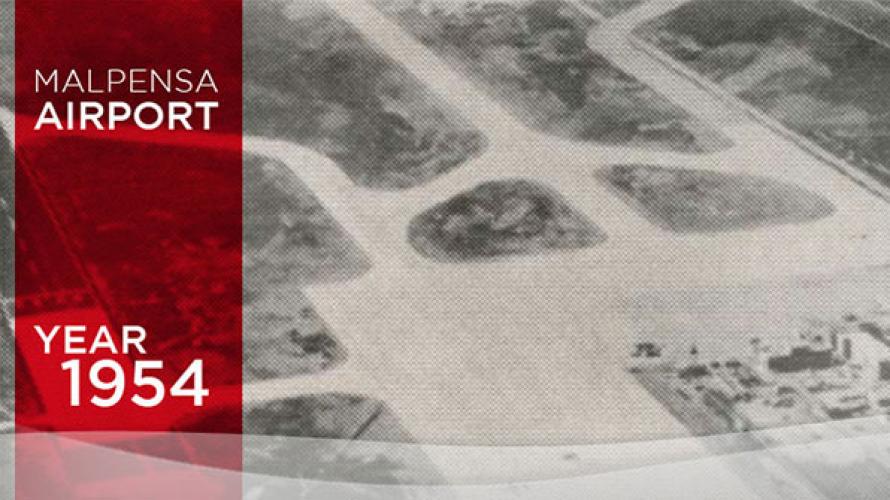
1955
MALPENSA AIRPORT
The Company Shareholders’ Meeting resolved to change the company name to SEA (Società per Azioni Esercizi Aeroportuali) and to move its registered offices from Busto Arsizio to Milan. The new company took over direct responsibility for providing assistance services to Airline Companies and aircraft.
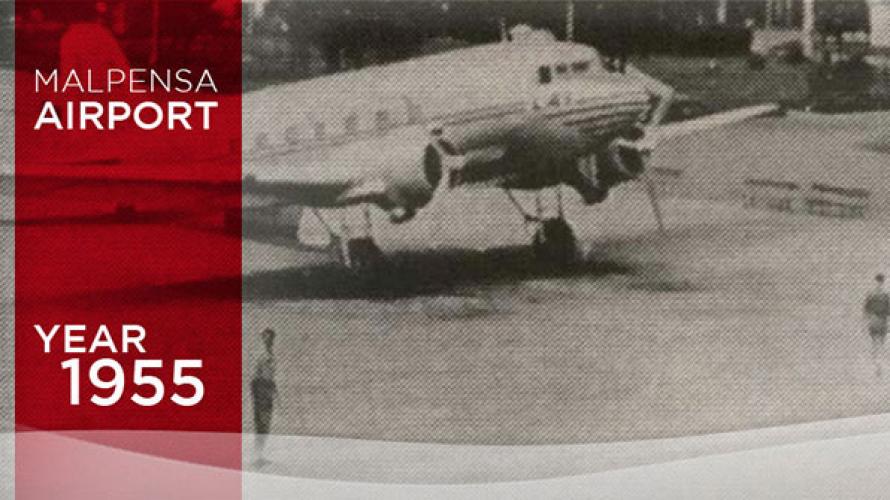
1956
MALPENSA AIRPORT
The Ministry of Defence authorised the building of a second runway and a new taxiway at Malpensa Airport. Work started on the enlargement of the air terminal, with plans for a restaurant, services for passengers, a freight depot and large viewing terraces for visitors.
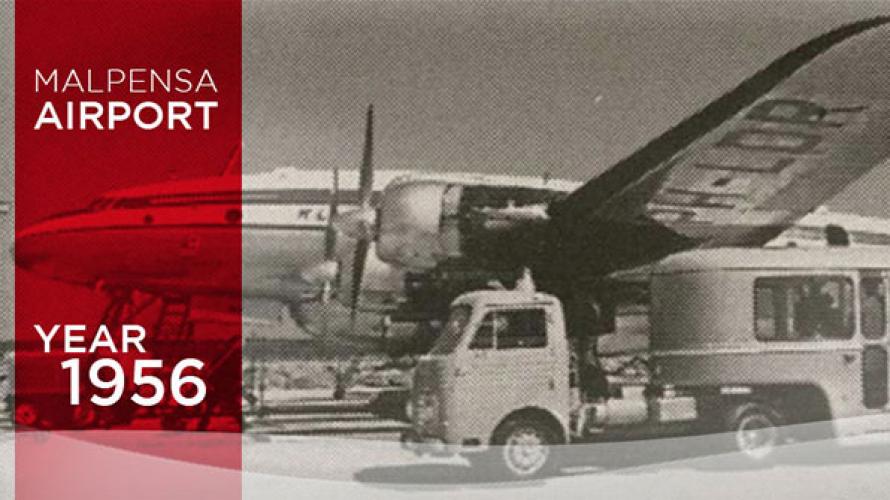
1957
LINATE AIRPORT
SEA officially applied to the Government for the licence to build and manage Linate Airport. The Ministry of Defence gave the go-ahead for combined management of the two airports. An increase in SEA’s capital from 500 million to 1 billion lire was decided.
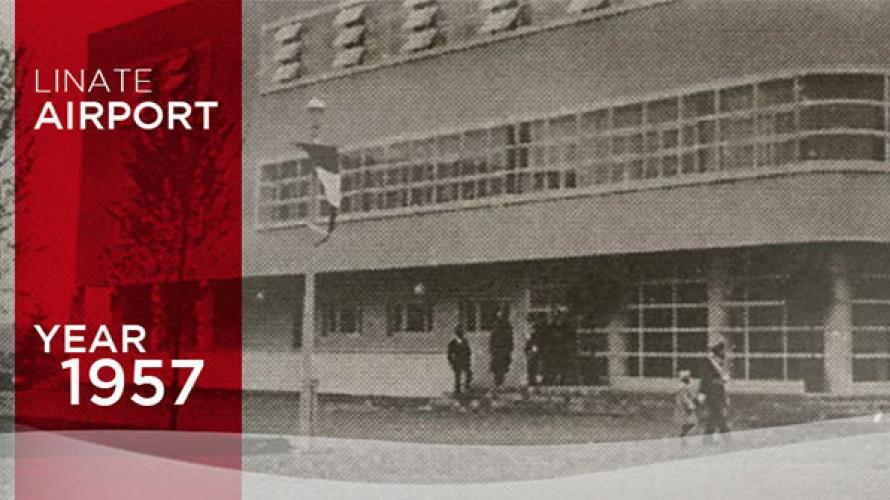
1958
LINATE AIRPORT
Runway no. 2 went into operation at Malpensa and the new air terminal was inaugurated. Detailed planning began for the work to be carried out at Linate, where complex technical solutions would be required: roads needed to be diverted, power lines moved, land expropriated. Work started on construction of the runway and the air terminal.
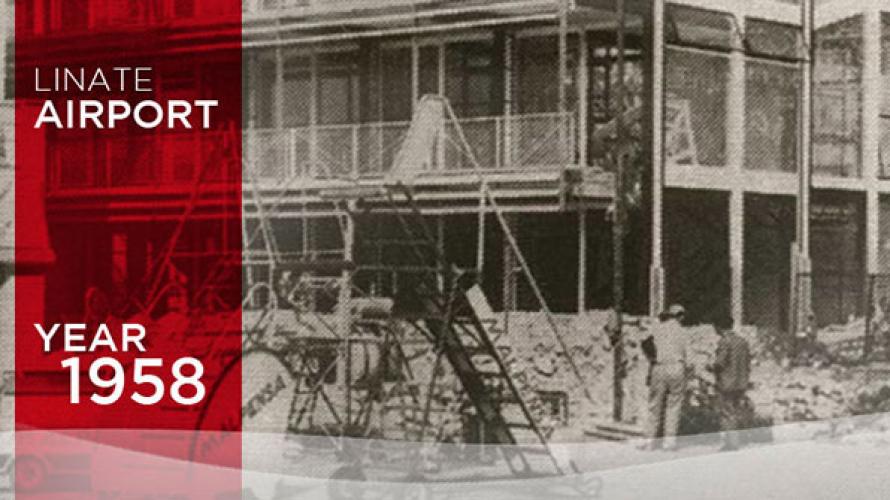
1960
LINATE AIRPORT
Linate Airport opened. At midnight on 26 June, the first scheduled flight arrived: a DC6 operated by Lebanese International Airways. With the signature of the convention between the Government and SEA, the private status of the Milan airports was recognised.
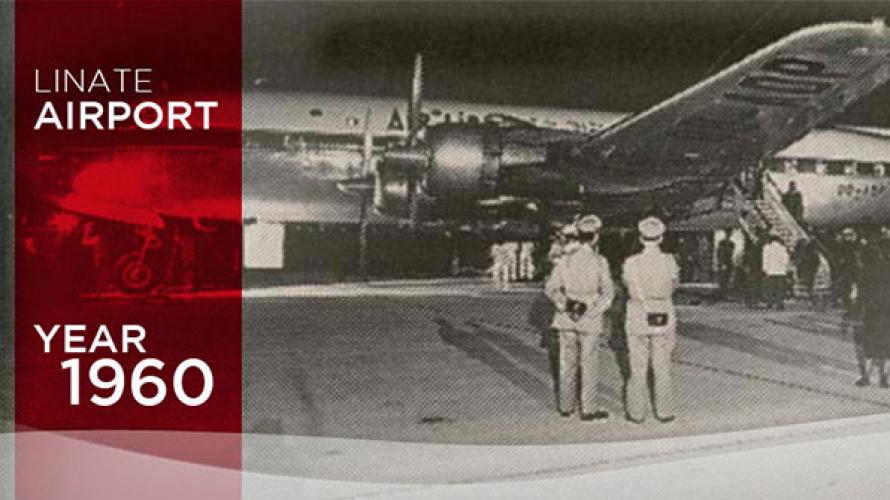
1961
LINATE & MALPENSA AIRPORT
The first Duty Free Shops in Italy were opened both at Linate and Malpensa. At Linate, a special runway was built, parallel to the main runway, to handle general aviation.
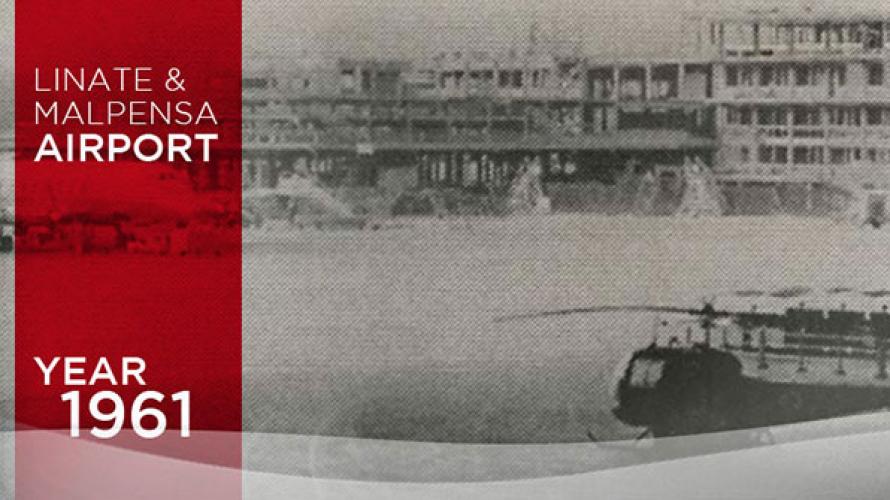
1962
LINATE AIRPORT
At Linate, the air terminal was completed, built on two floors to permit future development of the various blocks according to the increase in traffic. The Italian President officially inaugurated it on 8 December.
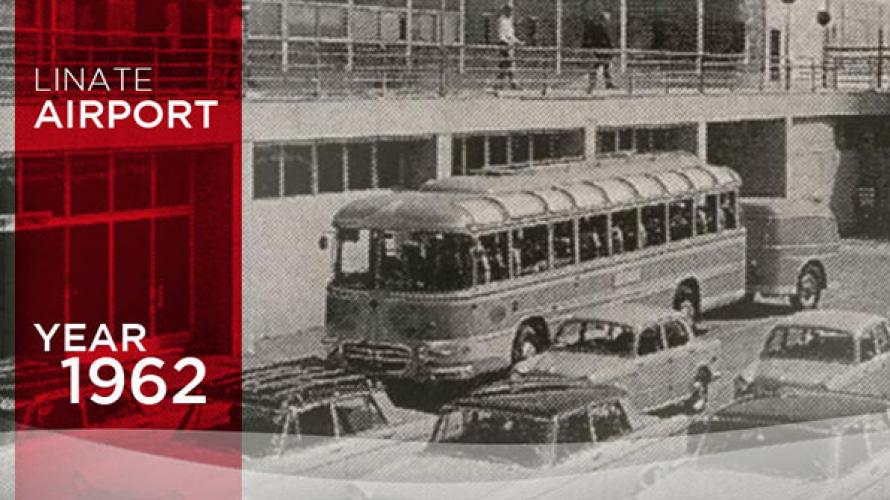
1963
LINATE AIRPORT
The domestic flights area of the air terminal at Linate Airport was fully open to traffic. A sharp increase in freight traffic led to the construction of a separate building for shipping agents and a shed covering 11,000 square metres.
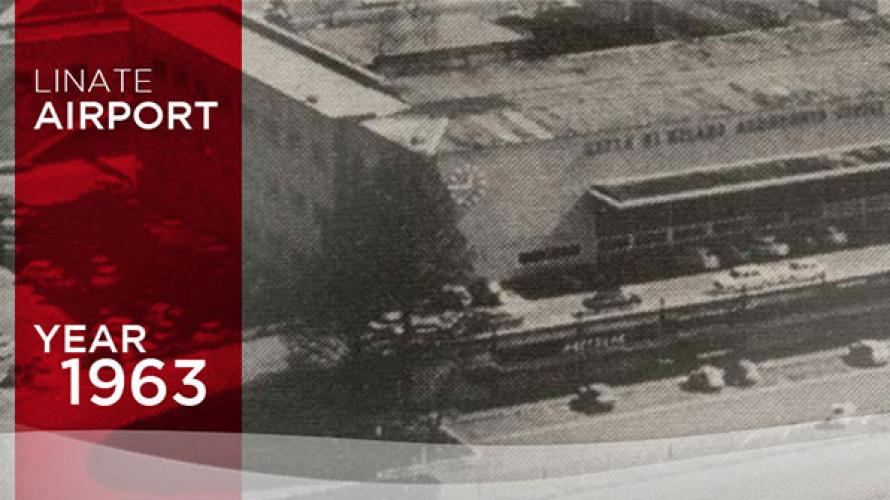
1964
LINATE AIRPORT
Ultramodern visual approach slope indicator equipment was installed at Linate to increase landing safety. A foreign exchange office was opened in the Transit Lounge.
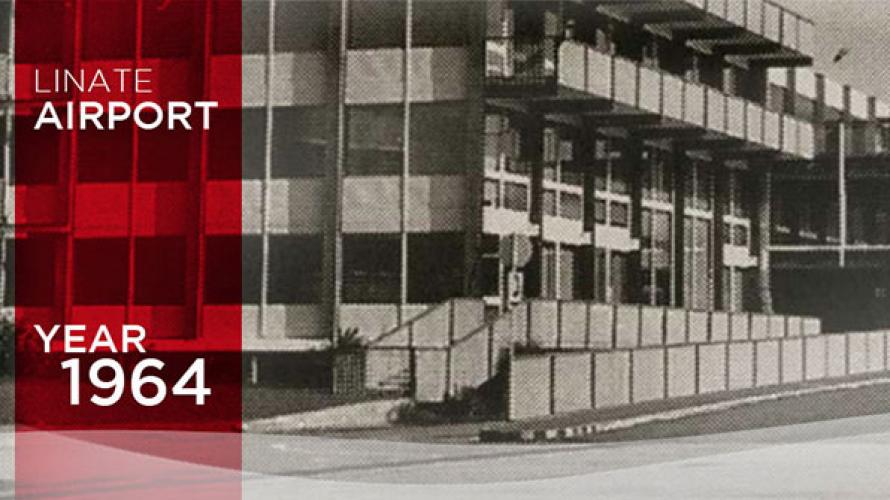
1965
LINATE AIRPORT
A system to clear fog from the runway using propane gas was experimented at Linate. At Malpensa, a large new car park was opened to the public and the freight building was enlarged to double its capacity.
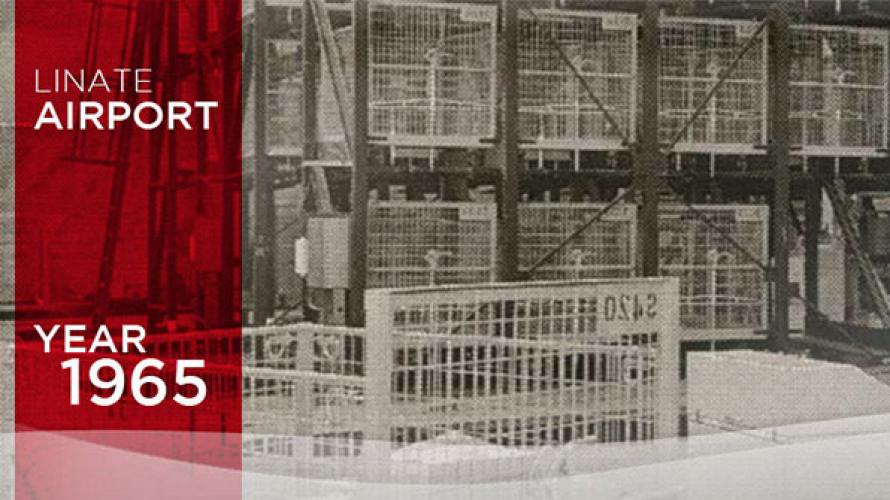
1966
LINATE AIRPORT
The SEA President and top management moved their offices to the new building at Linate Airport. SEA began studying a series of operations to enlarge the two airports and adapt their infrastructures to cater for the growth in traffic.
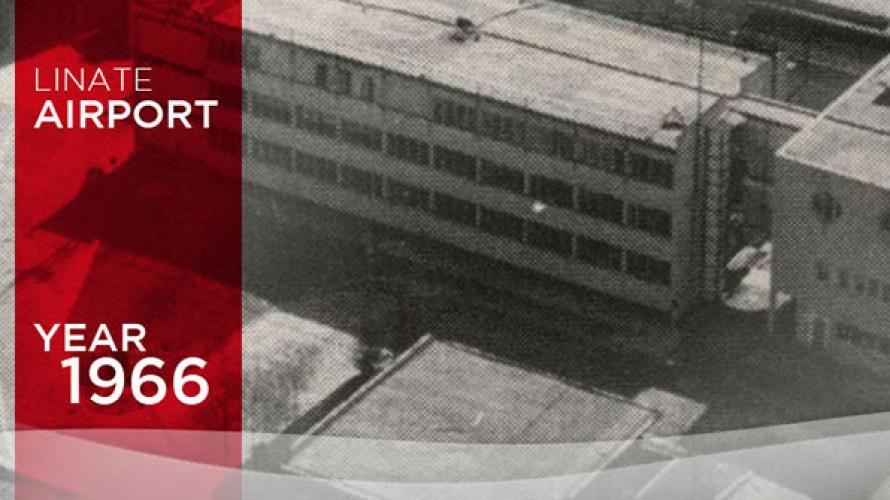
1967
LINATE AIRPORT
Two very new systems to measure and detect visibility on the runways went into operation at Linate. Fully automatic, they provided accurate data for pilots landing in adverse weather conditions.
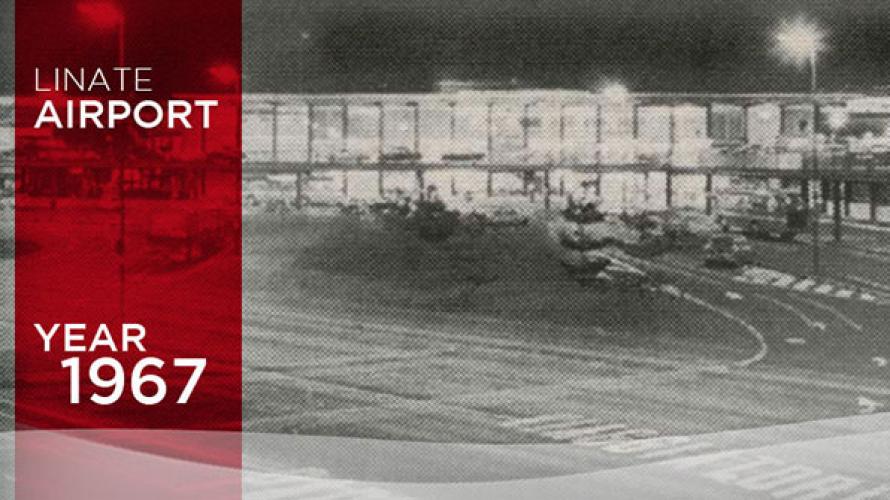
1968
LINATE AIRPORT
Law no. 515 was approved, prolonging the private legal status of the Milan Airport System for a further 10 years. The runway at Linate was extended by 200 metres to permit more extensive use of DC9s.
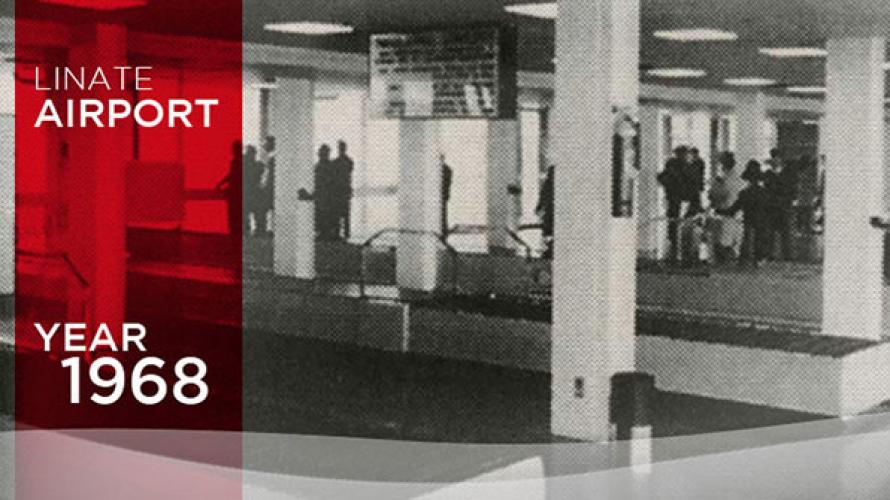
1969
LINATE AIRPORT
Seven new boarding gates for international flights were opened at Linate and the aircraft parking apron was enlarged. Work at Malpensa was completed to upgrade the expanded I.L.S. to category II standards.
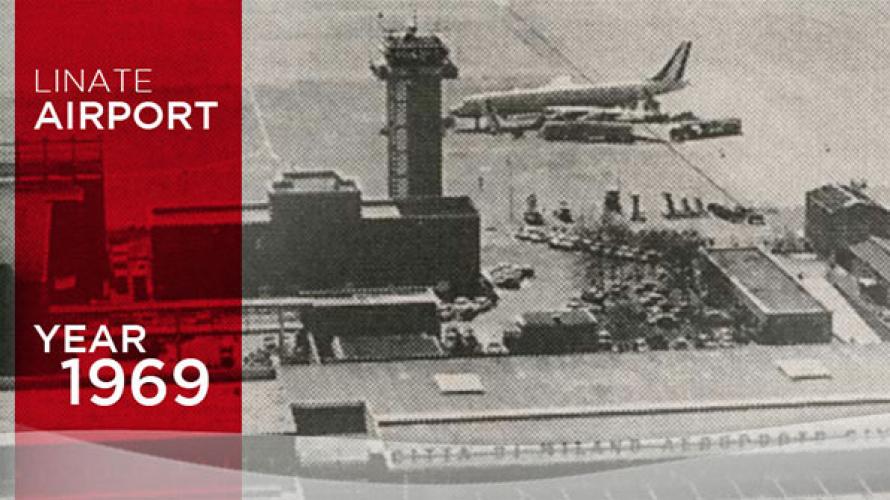
1970
MALPENSA AIRPORT
The first jumbo jet, an Alitalia Boeing 747 landed on 16 July. At Linate, passengers increased to over 3 million for the first time. SEA personnel reached 2,000 employees.
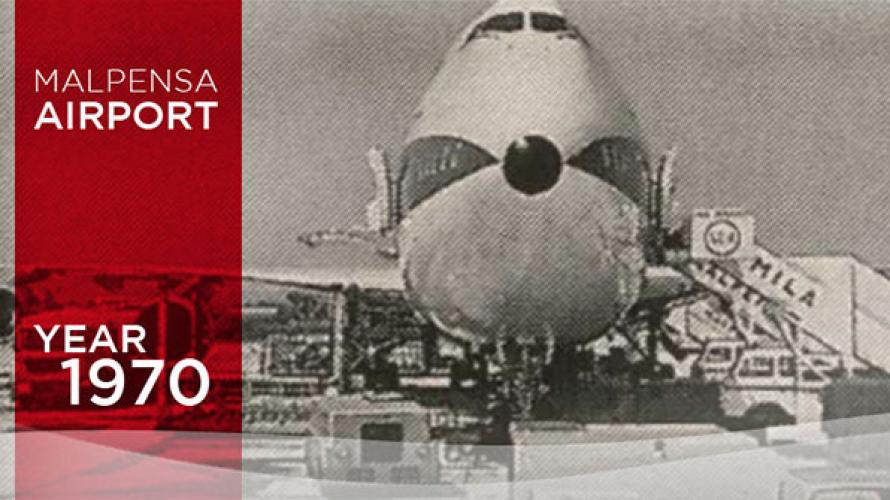
1971
MALPENSA AIRPORT
Law no. 420, extending SEA’s private legal status for another 30 years, was approved on condition that the planned Malpensa south/west expansion be completed within 5 years.
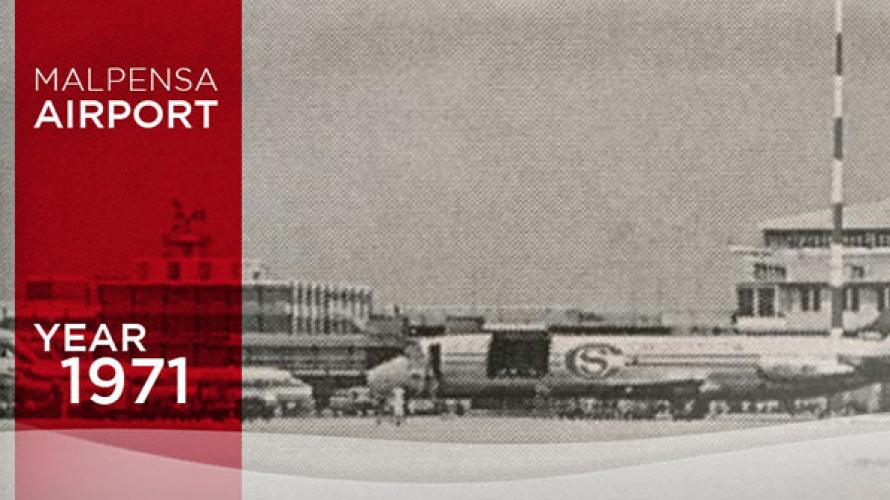
1972
MALPENSA AIRPORT
At Malpensa, the aircraft parking apron was enlarged to permit the simultaneous presence of several Boeing 747s and a new enlargement of the passenger terminal was planned.
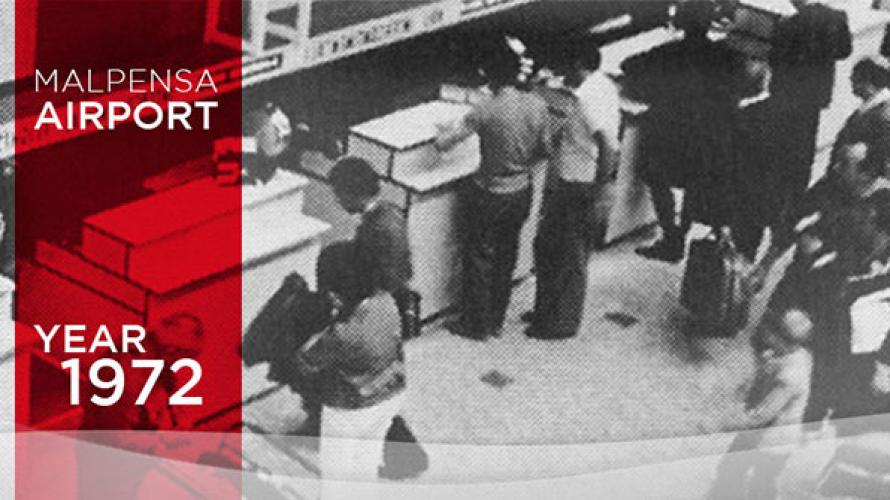
1973
MALPENSA AIPORT
The Persian Gulf crisis led to strict anti-piracy and anti-terrorism precautions which slowed down airport business. A new car park for 250 vehicles was opened at Linate.
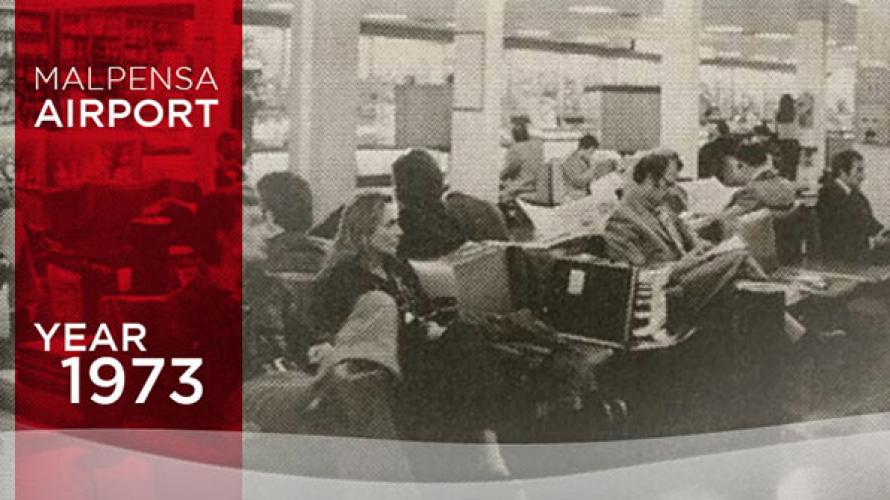
1974
LINATE AIRPORT
At Linate, the procedure began for purchase of 71,000 sq. m of land south of the runway, required to guarantee fitness for use with the category II standards. A new intercompany canteen was opened as well as new CRAL (Worker’s Recreation and Welfare Centre) premises with sports facilities.
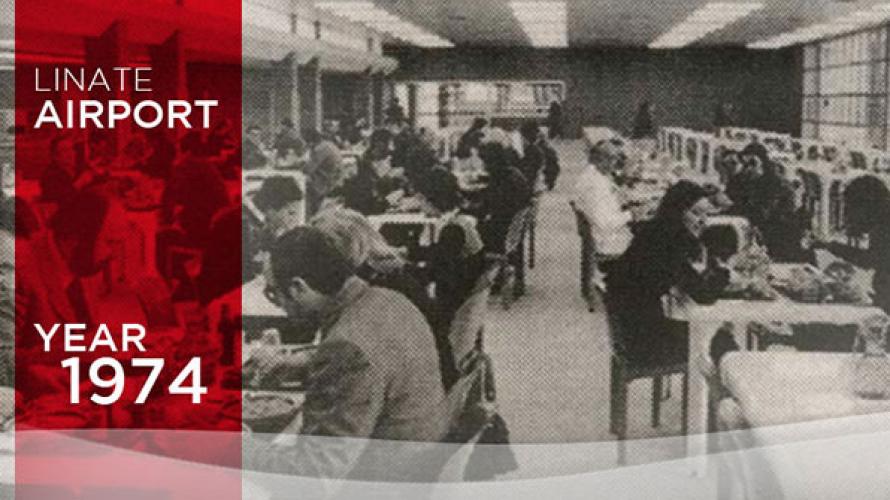
1975
LINATE & MALPENSA AIRPORT
Both at Linate and at Malpensa work to bring the runway lighting systems into compliance with category II standards was completed. New automatic alphanumeric remote indicators were installed.
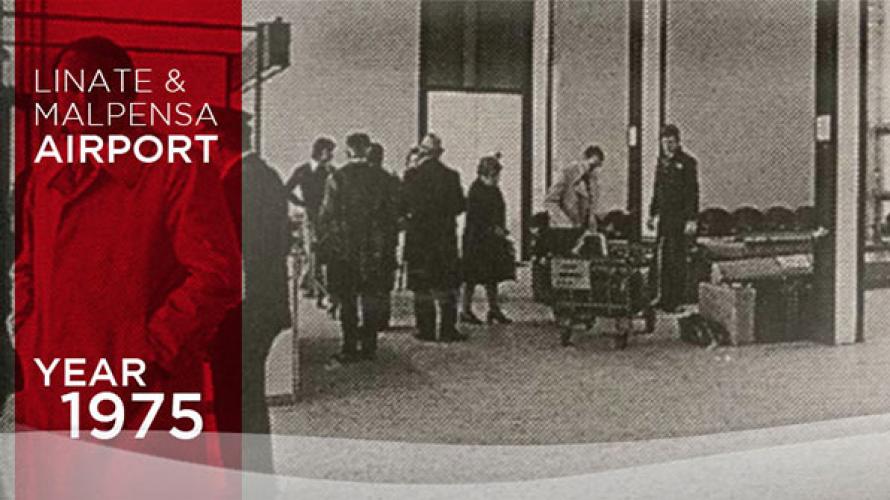
1976
LINATE AIRPORT
A convention with the government was approved and made executive; it entrusted the work provided for by Law no. 825/73 to SEA, and allocated a contribution of 10,455,000,000 lire for Linate and 7,225,000,000 lire for Malpensa.
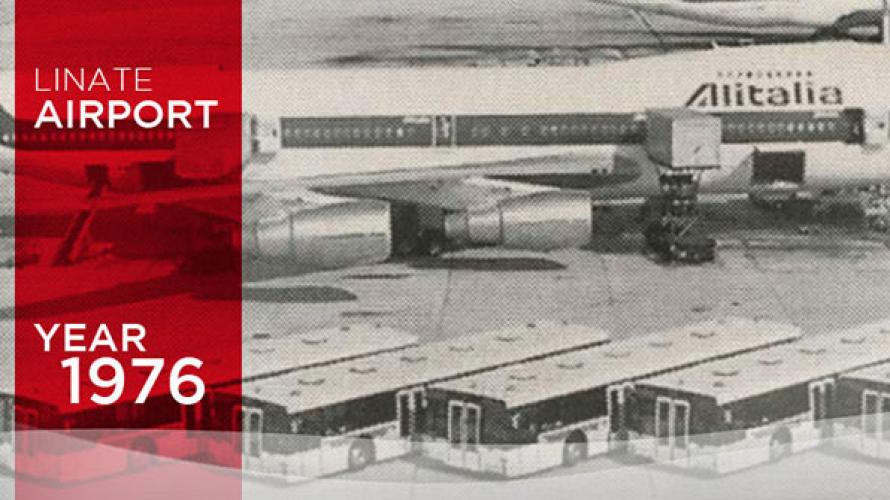
1977
LINATE AIRPORT
The second category I.L.S. (Instrumental Landing System) at Linate, which permitted increased operations even when there was fog, was type-approved and therefore went into operation. At Malpensa, a further expansion of the air terminal was planned.
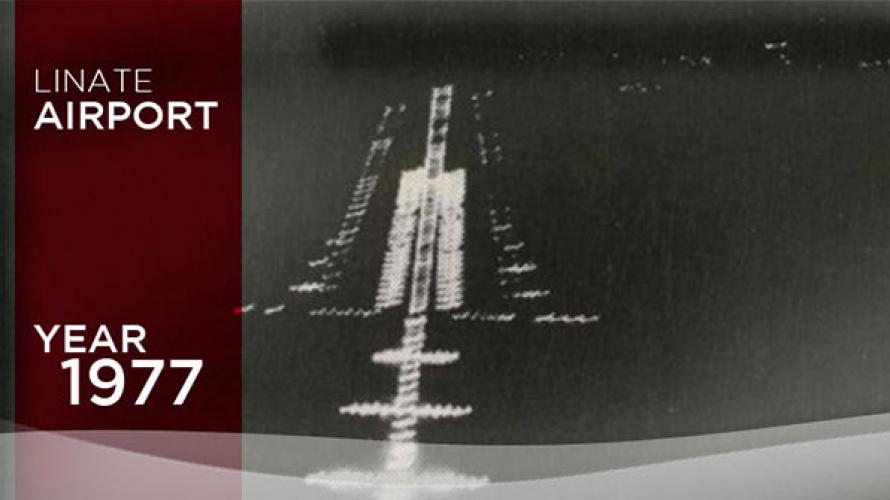
1978
LINATE AIRPORT
Passengers at Linate exceeded 5,000,000. SEA employees increased to 3,000. Building work for refurbishment of the passenger terminal at Linate was contracted out.
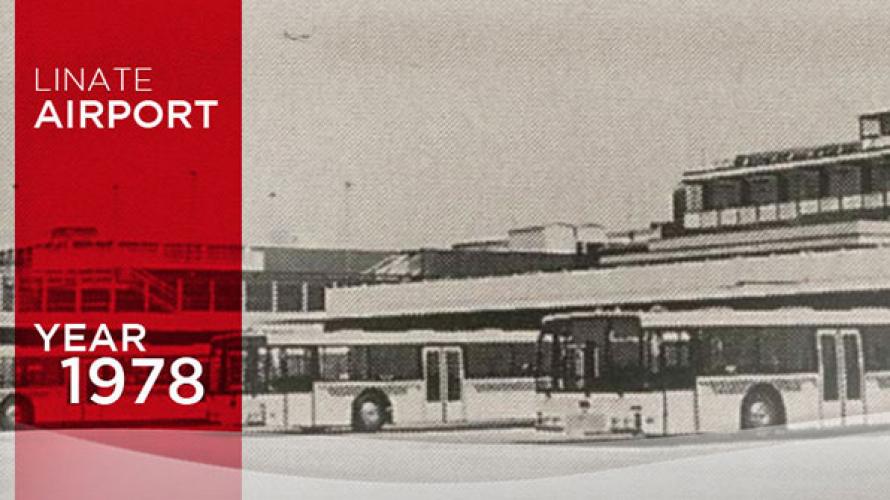
1979
MALPENSA AIRPORT
The Lombardia Region approved the plan for renovation and expansion of the air terminal at Malpensa involving the concentration of all arrivals in a new building to be constructed alongside the existing one.
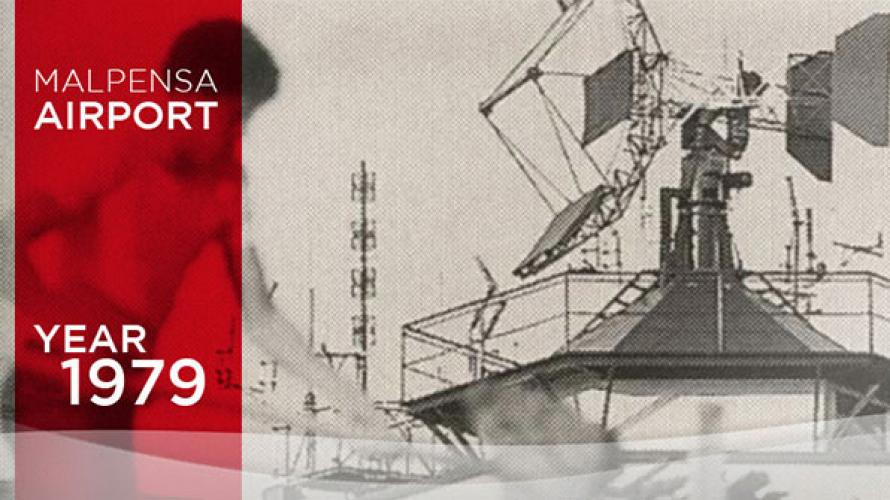
1980
LINATE & MALPENSA AIRPORT
Both at Linate and at Malpensa work commenced on the enlargement of the aircraft parking apron to permit operations with airbuses. Renovation of the air terminal at Linate involved a 75% increase of useful floor space.
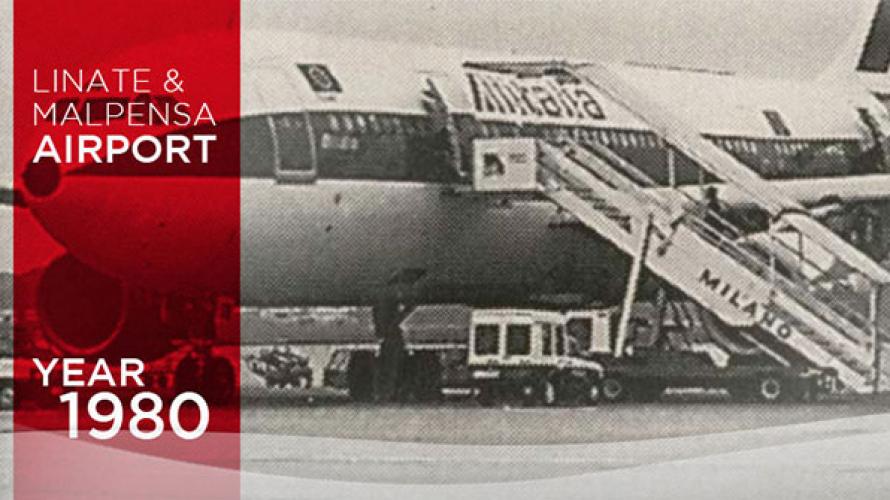
1981
MALPENSA AIRPORT
The first supersonic Concorde landed at Malpensa in September. The Arco operating system, to handle all passenger check-in, luggage and flight operations went into effect both at Malpensa and at Linate.
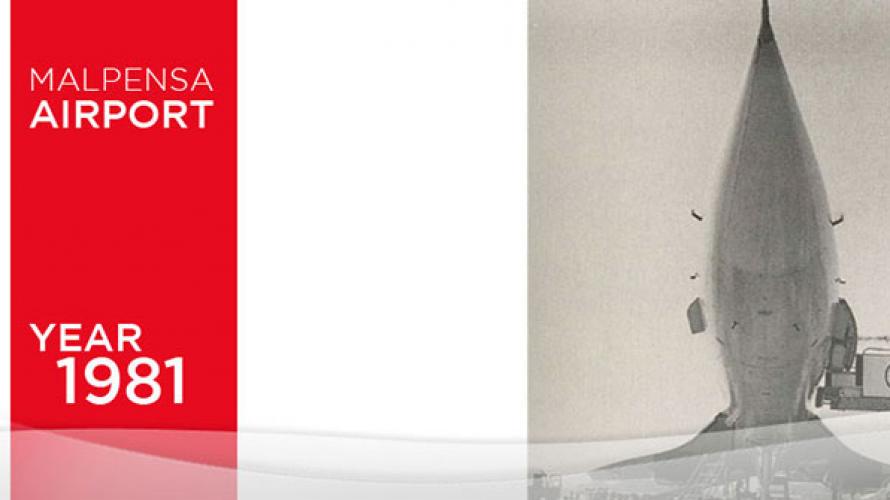
1982
LINATE AIRPORT
From early July until the end of August, Linate Airport was closed to permit resurfacing of the runway and installation of category III landing lights. All flights were transferred to Malpensa where the new arrivals terminal had gone into operation, anticipating the future look of the Milan airports.
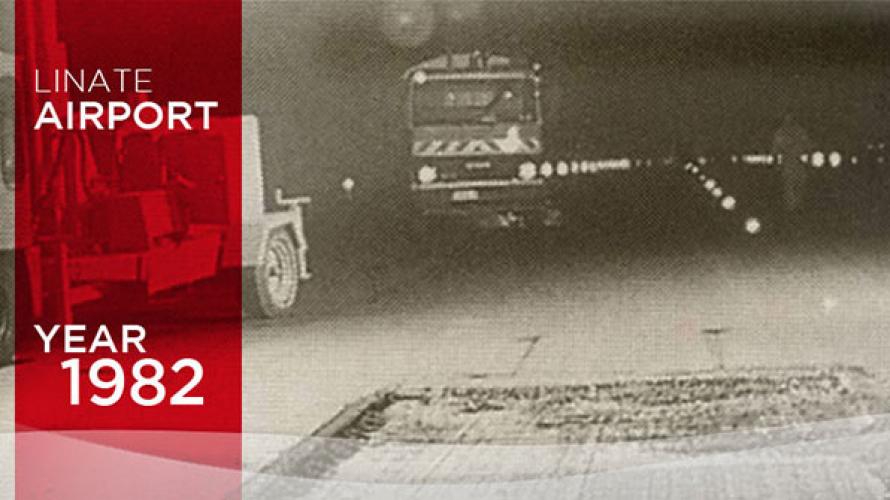
1983
LINATE AIRPORT
The I.L.S. at Linate was replaced with new equipment with the functional characteristics required for category III landings. Renovation work continued both at Linate and at Malpensa.
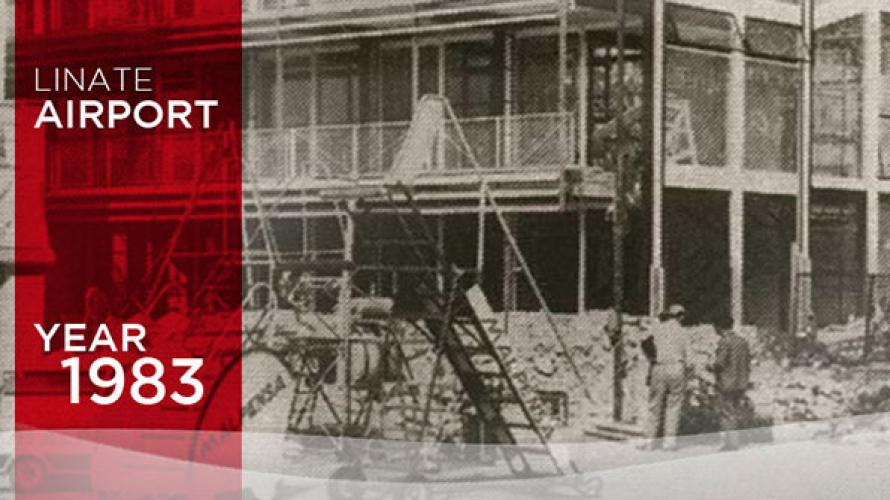
1984
LINATE & MALPENSA AIRPORT
Optical readers were installed at both airports for automatic coding of departing luggage thus increasing the productivity of the handling systems.
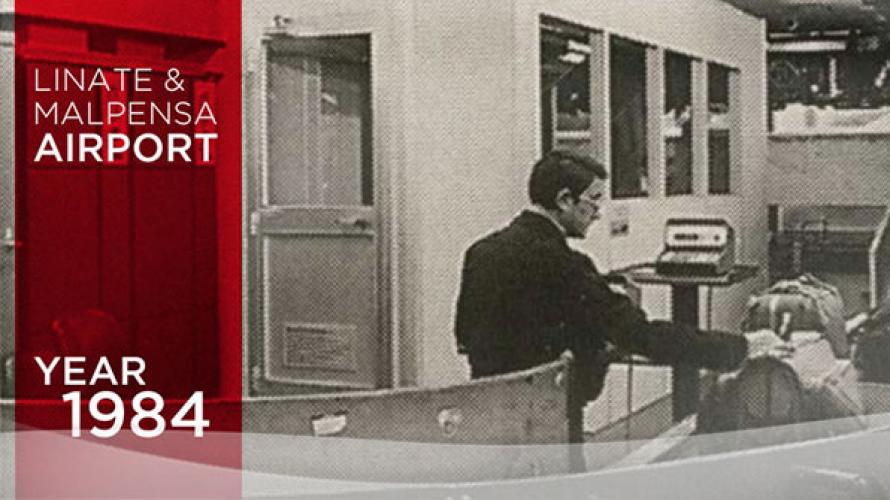
1985
MALPENSA AIRPORT
The overall development plan (P.R.G.) known as “Malpensa 2000” was presented to the Ministry of Transport. Law no. 449 was approved, allocating funding of 480 billion lire for the completion of the Malpensa project.
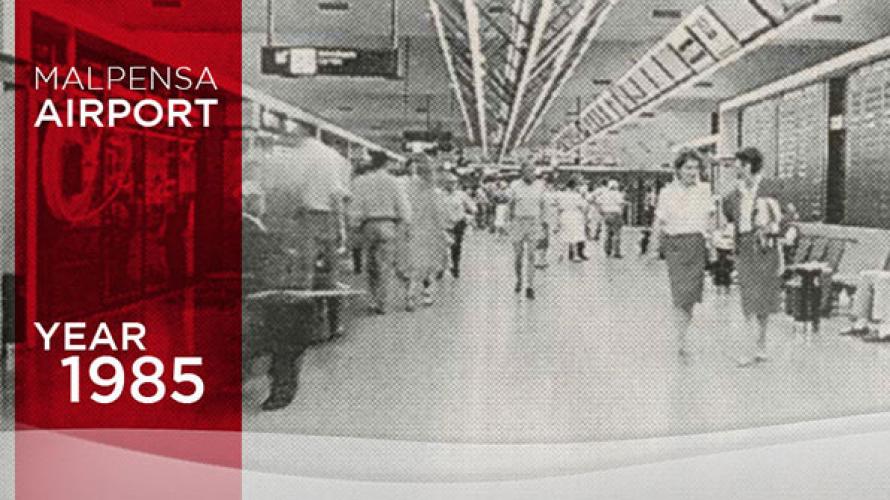
1986
LINATE AIRPORT
At Linate, work commenced on the construction of a multi-storey car park for 1,300 vehicles and a scheme for further enlargement of the arrivals hall in the passenger terminal was planned in detail.
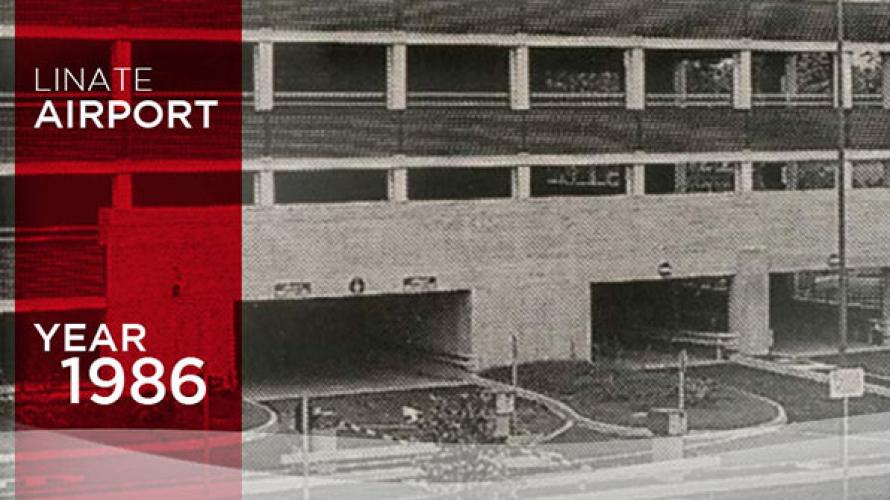
1987
MALPENSA AIRPORT
Two new intercontinental flights to Tokyo and Hong Kong were introduced at Malpensa. The Ministry of Transport approved the Malpensa 2000 overall development plan.
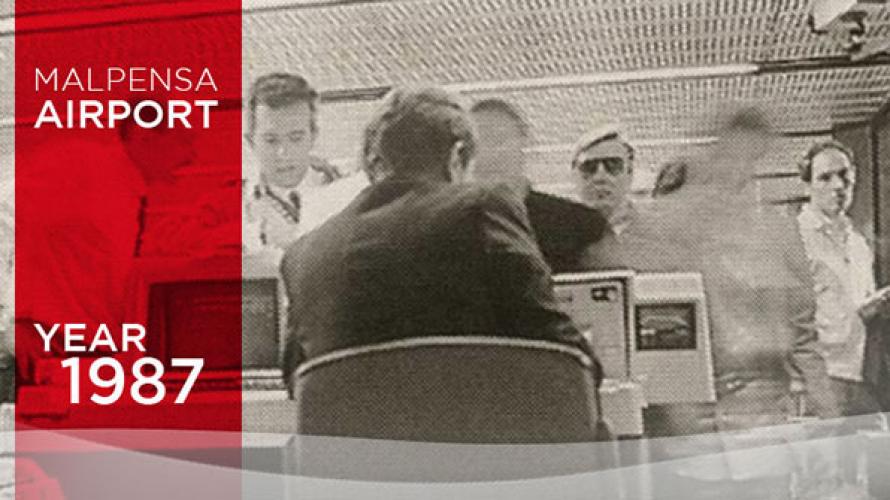
1988
MALPENSA AIRPORT
The Milan airport system exceeded 10 million passengers. Due to excessive congestion at Linate, all charter flights were moved to Malpensa.
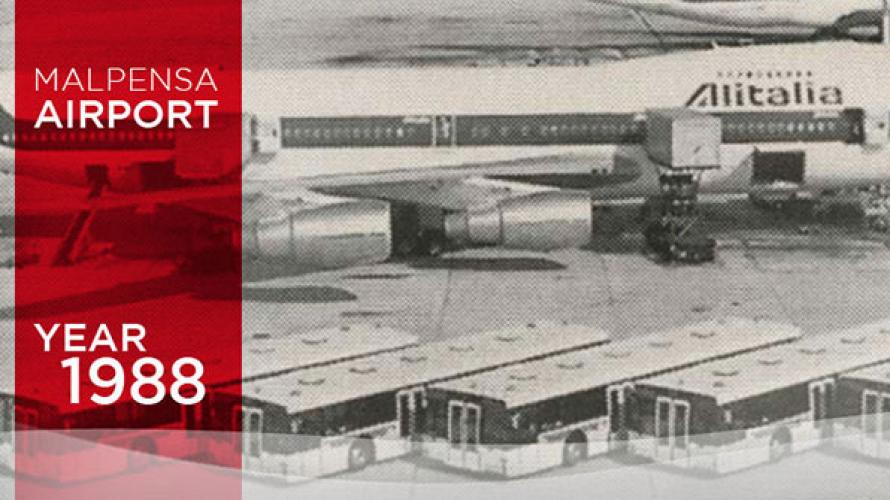
1989
MALPENSA AIRPORT
A new lounge for groups was opened at Linate on the departures floor. A third check-in island became operative at Malpensa with new check-in desks. SEA acquired a 20% share in SACBO, the company running Bergamo Airport.
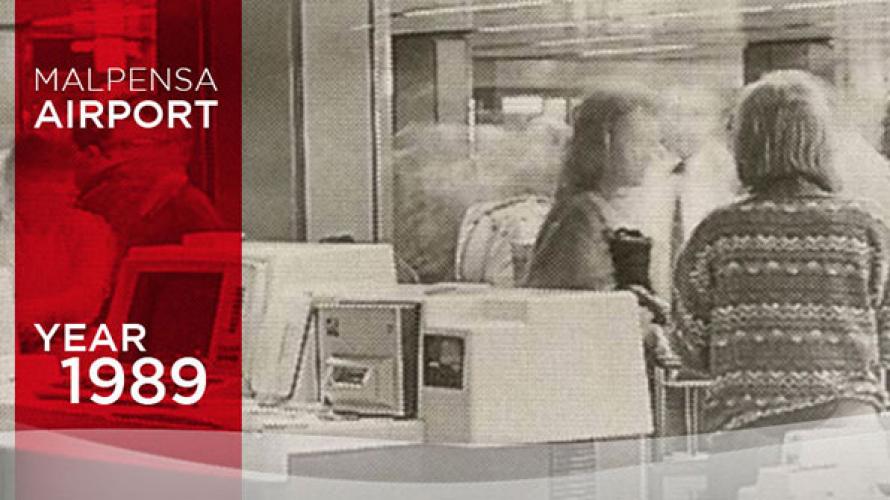
1990
LINATE AIRPORT
For the Italia 90 World Soccer Championship, the Municipality of Milan widened the access road leading to Linate Airport, creating lanes reserved for taxis and public transport. The work related to construction of the Malpensa 2000 passenger terminal was completed.
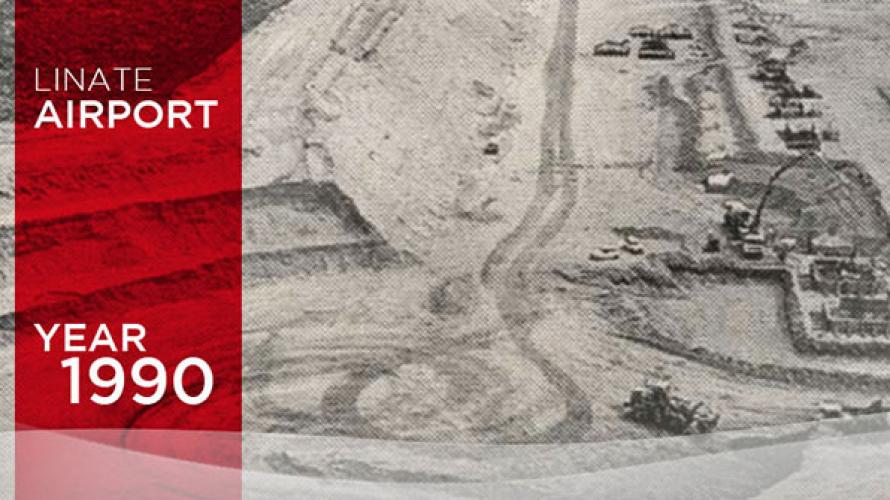
1991
LINATE AIRPORT
The architect Aldo Rossi was commissioned to upgrade the air terminal at Linate Airport. The Malpensa 2000 project was presented to the European Parliament in Strasburg.
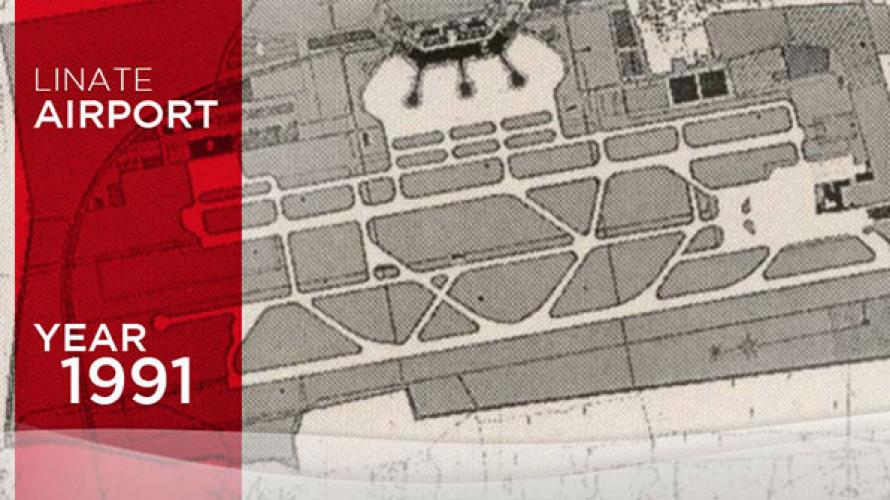
1992
MALPENSA AIRPORT
United Airlines inaugurated daily flights between Malpensa and Washington. The departures lounge was enlarged by 1,250 sq. m and planning began for the Malpensa North expansion.
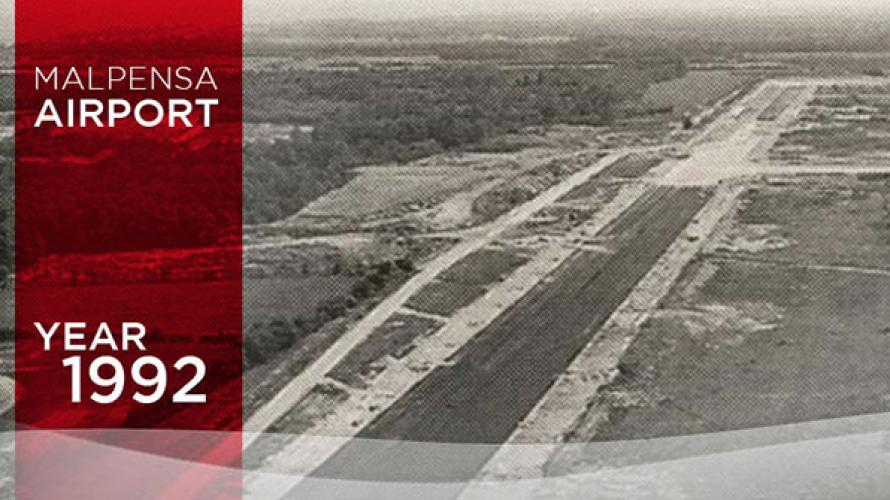
1993
LINATE AIRPORT
New fingers, permitting docking of aircraft directly to the air terminal, went into operation at Linate. Work on runway 2 was completed at Malpensa.
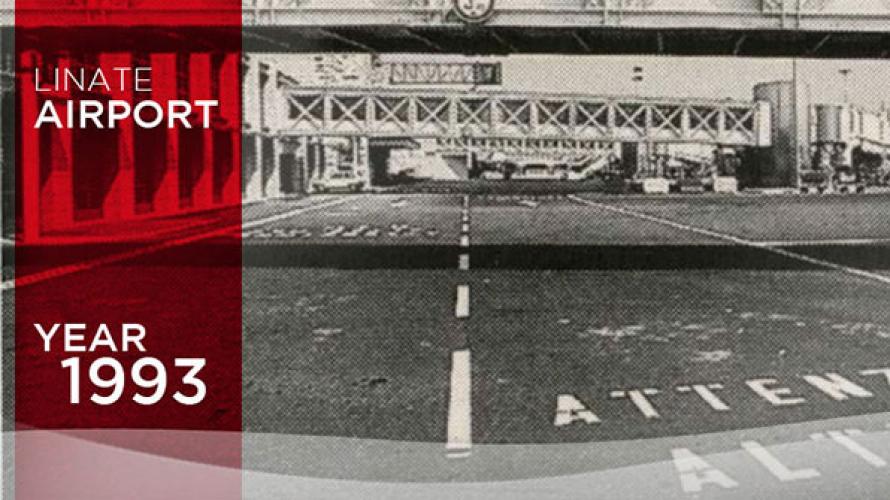
1994
MALPENSA AIRPORT
The Christophersen Group assessed projects of European interest within the “Reseau des Transports Communautaire “ and placed the Malpensa 2000 projects amongst the first fourteen. BEI granted SEA a line of credit worth 400 billion lire.
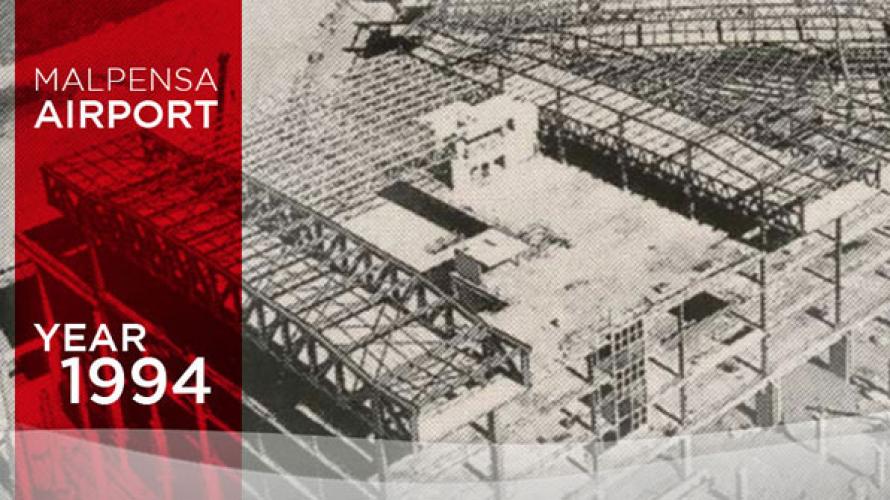
1995
MALPENSA AIRPORT
As part of the construction of Malpensa 2000, the Cargo City project was developed to increase freight traffic. Alitalia and Air China began providing flights between Malpensa and Beijing.
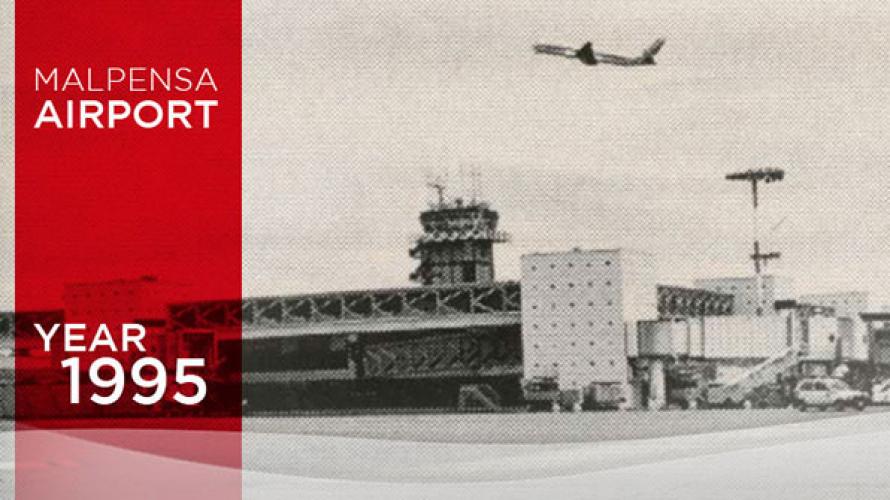
1996
LINATE AIRPORT
SEA began the quality certification process, starting from the ramp area, in accordance with the ISO 9001 standard. Planning activities abroad began. SEA was operating in various countries in Eastern Europe.
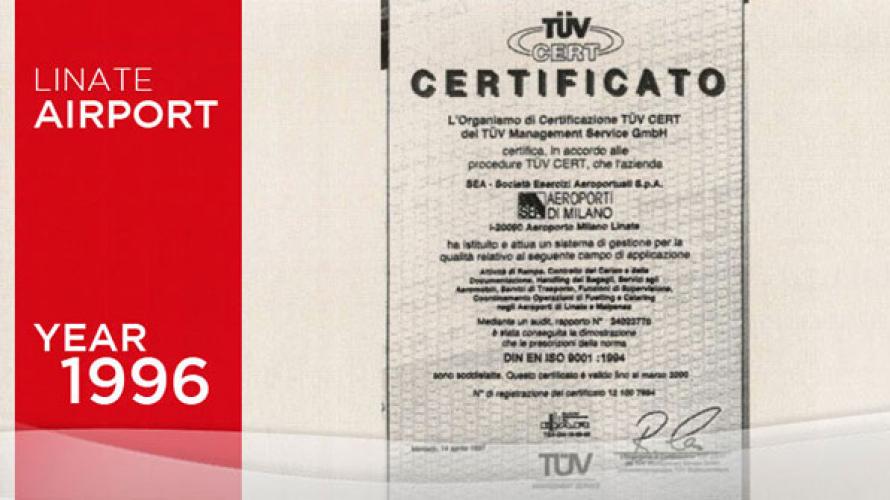
1997
MALPENSA AIRPORT
With its great experience and capacity for planning and management, SEA offered its services to various foreign countries as a partner for airport management. Contacts were made with the Argentinean authorities. SEA set up an international consortium and won the contract for management of the Argentinean Airport System.
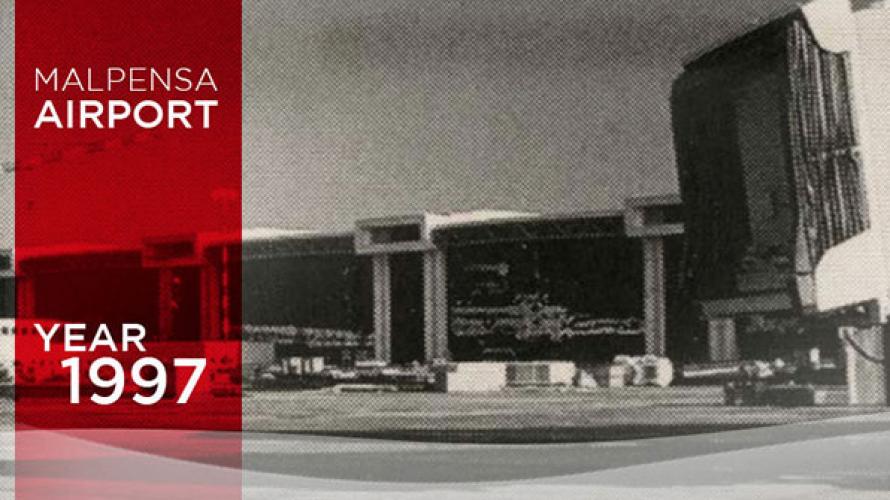
1998
MALPENSA AIRPORT
Malpensa 2000 opened. The new Terminal 1 of the Milano Malpensa Airport was opened on 25 October.
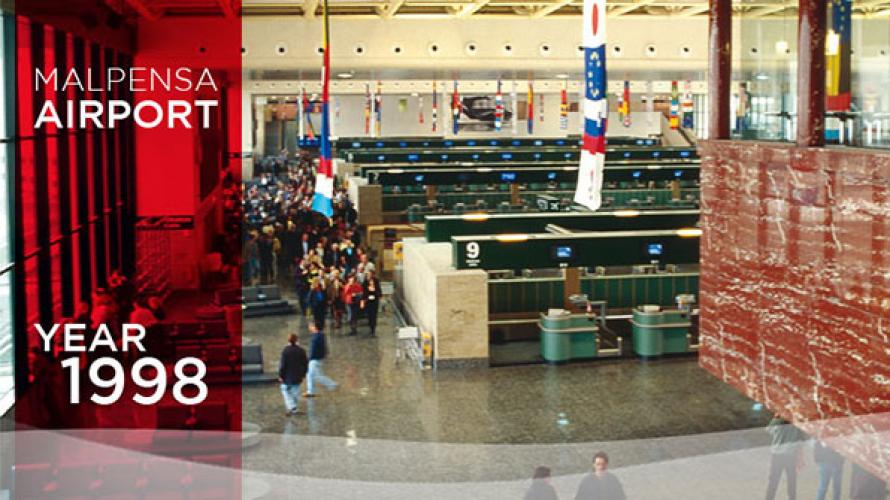
2002
MALPENSA AIRPORT
Essential work for the development of Malpensa was completed: a new hangar, enlargement of the aircraft apron, car parks and work to mitigate the impact on the environment.
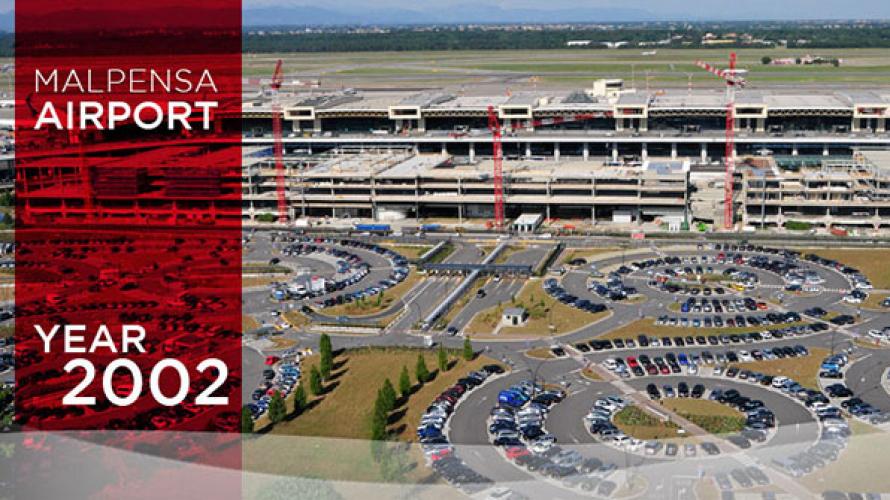
2006
MALPENSA AIRPORT
SEA started a process to reorganise the Malpensa Airport structure, devoting Terminal 1 to medium and long-range flights, while Terminal 2 – initially dedicated to low-cost and charter flights – was progressively used, parallel to the growing development of the segment, for high-end low-cost flights.
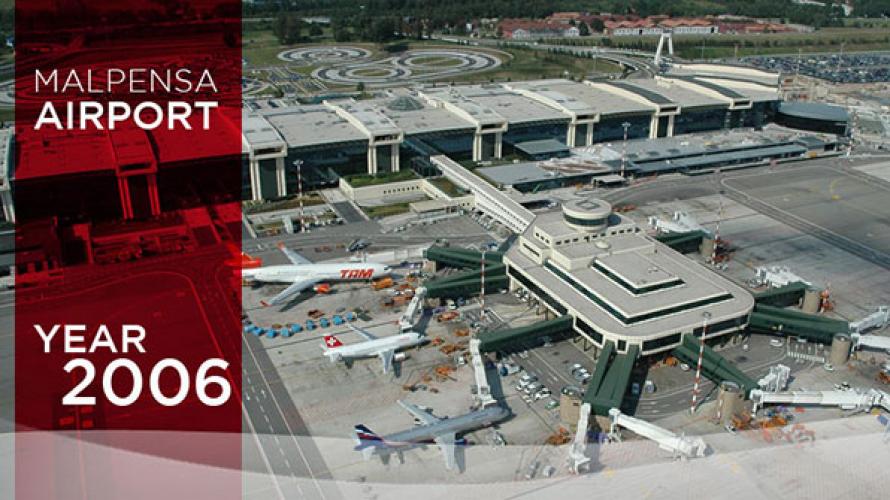
2008
MALPENSA AIRPORT
SEA celebrated the first 10 years of operations at the new Milano Malpensa Airport on 26 October.
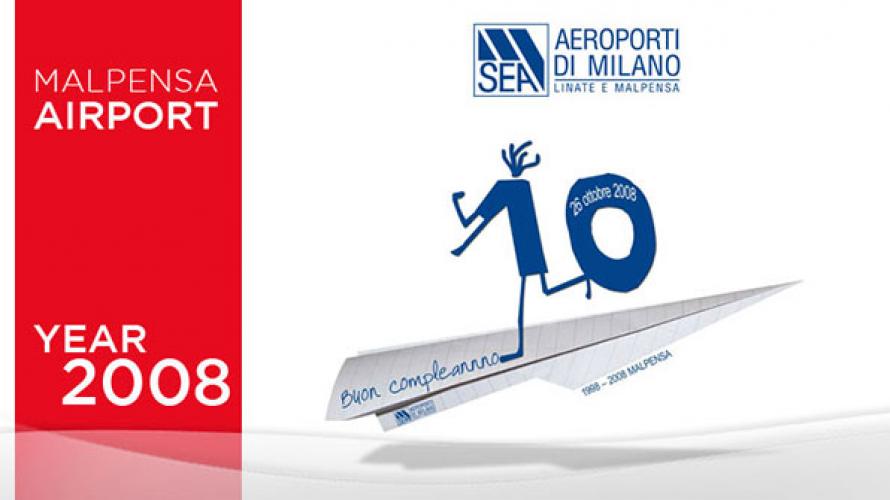
2010
MALPENSA AIRPORT
Work to enlarge Terminal 1 at Milano Malpensa continued: a third satellite, new boarding gates, new coverage of a stretch of the railway link.
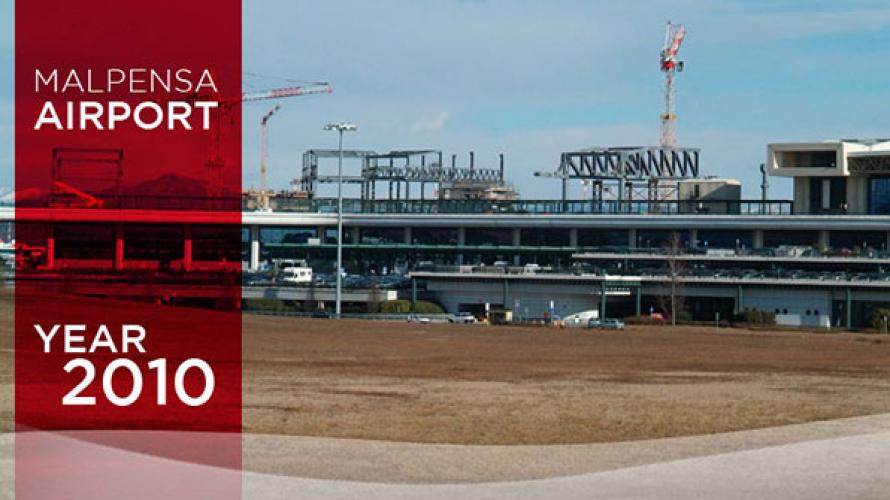
2011
MALPENSA AIRPORT
Inauguration of the Porta Magica (Magic Gateway), the new architectural structure celebrating the concept of a “threshold” through a barely visible curtain created by a blade of light that materialises only thanks to clouds of mist, illuminating a large space through which passengers pass to enter or exit the airport.
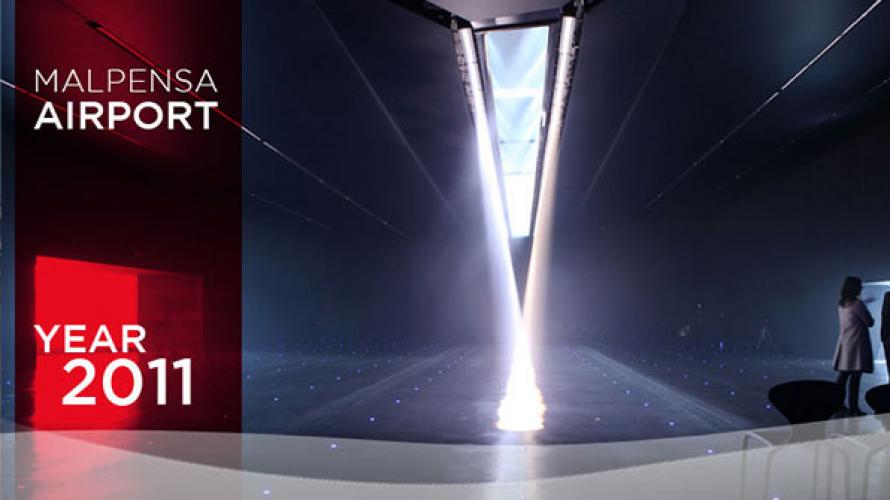
2011
MALPENSA AIRPORT
Inauguration of the Sheraton Milan Malpensa Airport Hotel, a new hotel concept, with direct access to Malpensa Terminal 1, but at the same time with sensational views of the Alps and Monte Rosa.
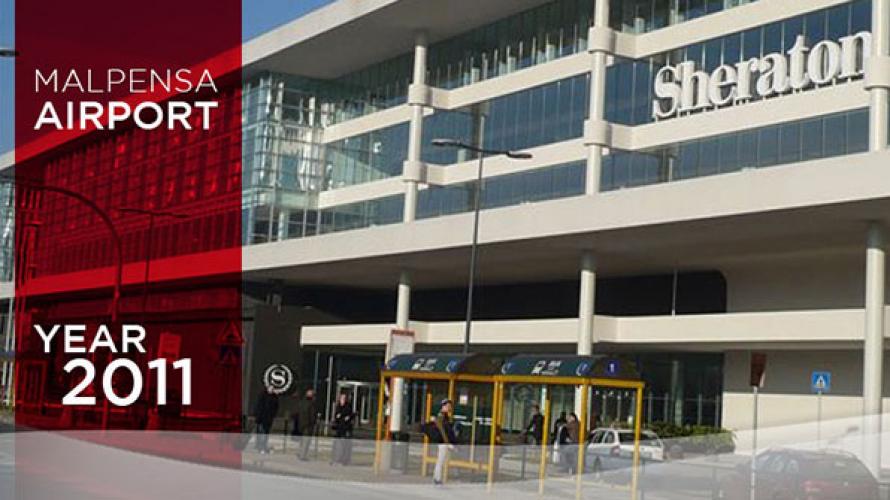
2012
MALPENSA AIRPORT
The giant of the skies, the Antonov 225 landed at Milano Malpensa. With its length of 84 metres, the Antonov 225 is the largest aircraft that has ever flown.
